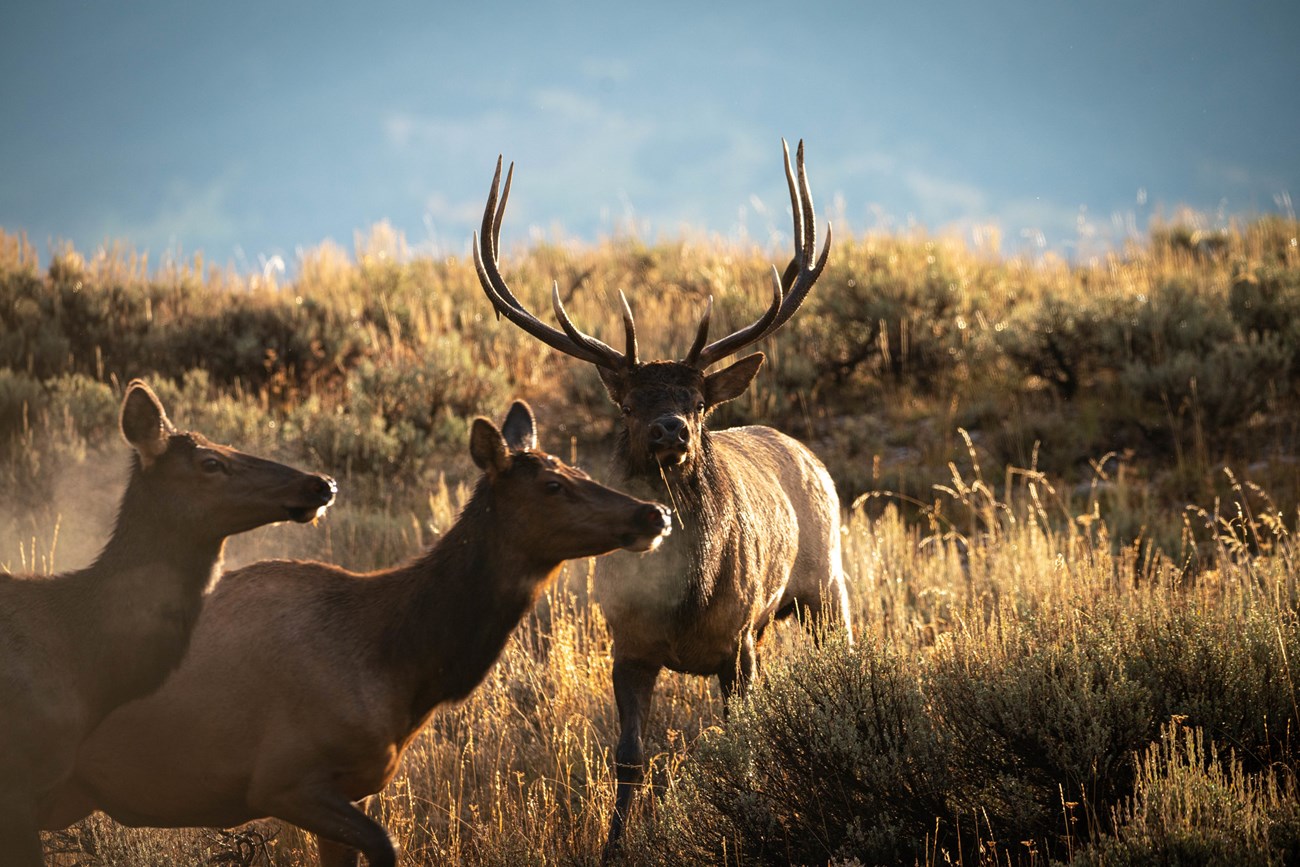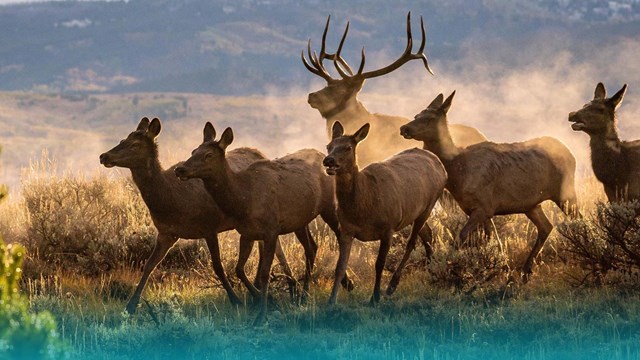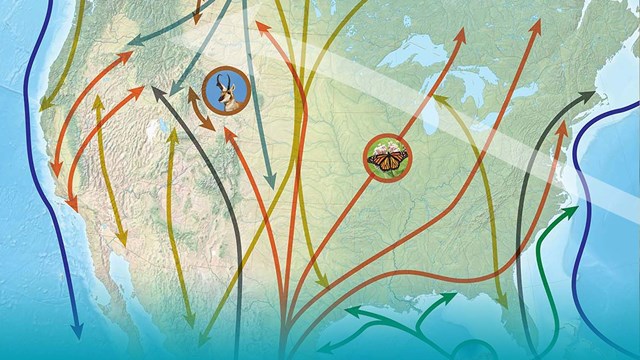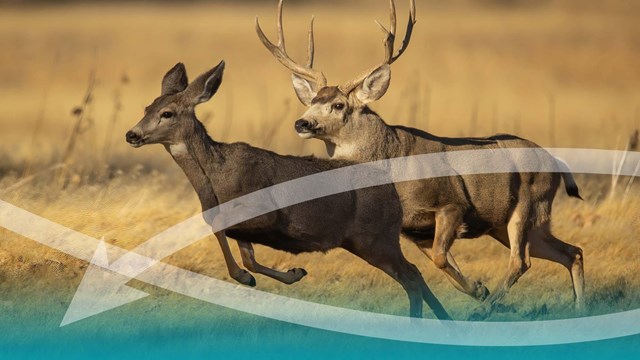
NPS Photo/C. Adams Science has only recently discovered the mule deer’s mysterious migration. This is a good reminder that many animals’ migration routes may have already been lost, while there are others we need to learn about while they can still be protected. As the U.S. becomes more developed and natural habitats are changed or removed, migration becomes more and more challenging. This might feel overwhelming. The best place to start is to think about the habitats and wildlife that live near your home. Insects, birds, mammals, fish or marine life, and lots of other animals use different pieces of land during different times in their lives. Thinking about wildlife using this reference point is key to protecting them. Often, helping migrating wildlife can also benefit us, too. What can you do while visiting Grand Teton National Park?Slow down. Take your time while driving through the park and keep your eyes open. Wildlife frequently travel across park roads and can be hard to see, especially at night. Keep your distance. Give wildlife plenty of space. If the animal is reacting to you, you’re too close. Stay 100 yards (91m) from bears and wolves, and 25 yards (23m) from all other animals. Respect closure areas. Certain areas of the park may be closed at times to allow space for wildlife, for example, in winter or birthing season. Remaining clear of these areas can help animals endure what may often be a stressful time. Check the Wildlife Closures Map for the latest closures to protect wildlife and human safety. What can you do at home?Learn about your home. What migrating animals visit where you live? Perhaps monarch butterflies or spawning salmon travel near your home. What natural habitats exist around you or might now be missing? Preserve connectivity. Consider keeping some land undeveloped to provide a corridor of green space through a developed landscape. Conservation easements and fence modifications are other tools for private landowners to assist with creating connected pathways for migration. Preserve natural habitats. Planting native plants, even in our own backyards, can provide migrating animals with areas to stop and rest or refuel for their long journeys. Avoid light pollution. Billions of birds migrate through the U.S. every spring and fall and can be affected by excess light in the night sky. Consider turning off lighting around your home or office, use down-shielded lights outdoors, or timers and motion sensors to help eliminate unneeded lighting. 
Grand Migrations
Grand Teton is a renowned for its abundant wildlife, but many of the animals that call the park home only live here part of the year. 
What is Migration?
Find out how and why animals migrate (and why others don't). 
On the Move: Mule Deer Migrations
Traveling hundreds of miles over mountain passes and fording wide rivers mule deer migrate to survive. |
Last updated: November 9, 2023
